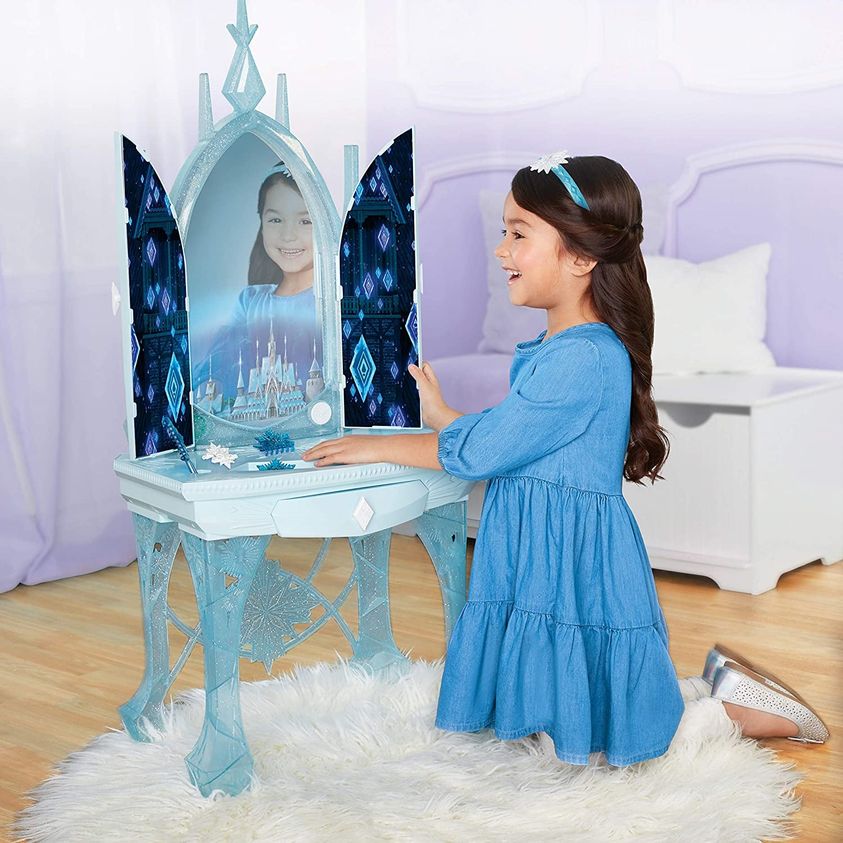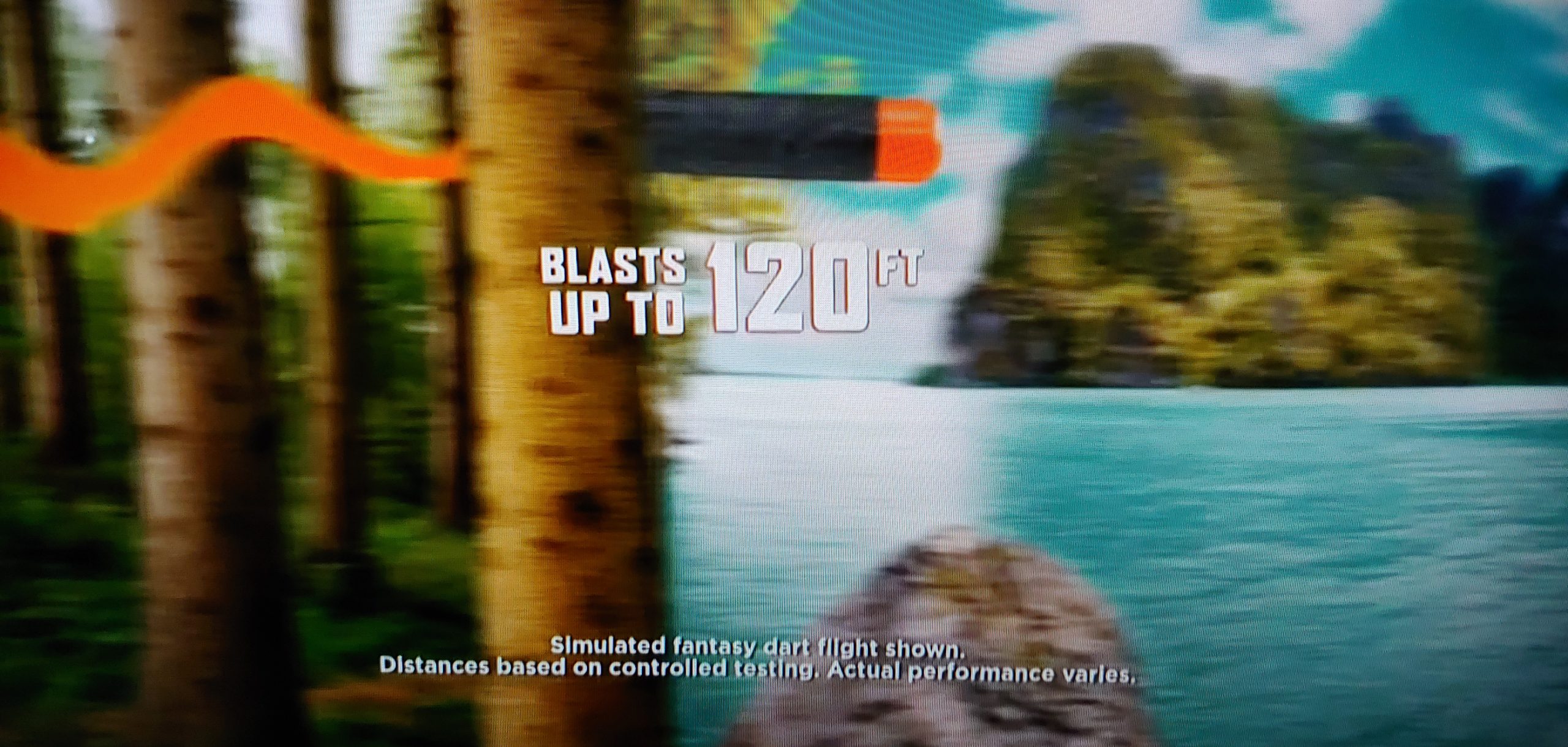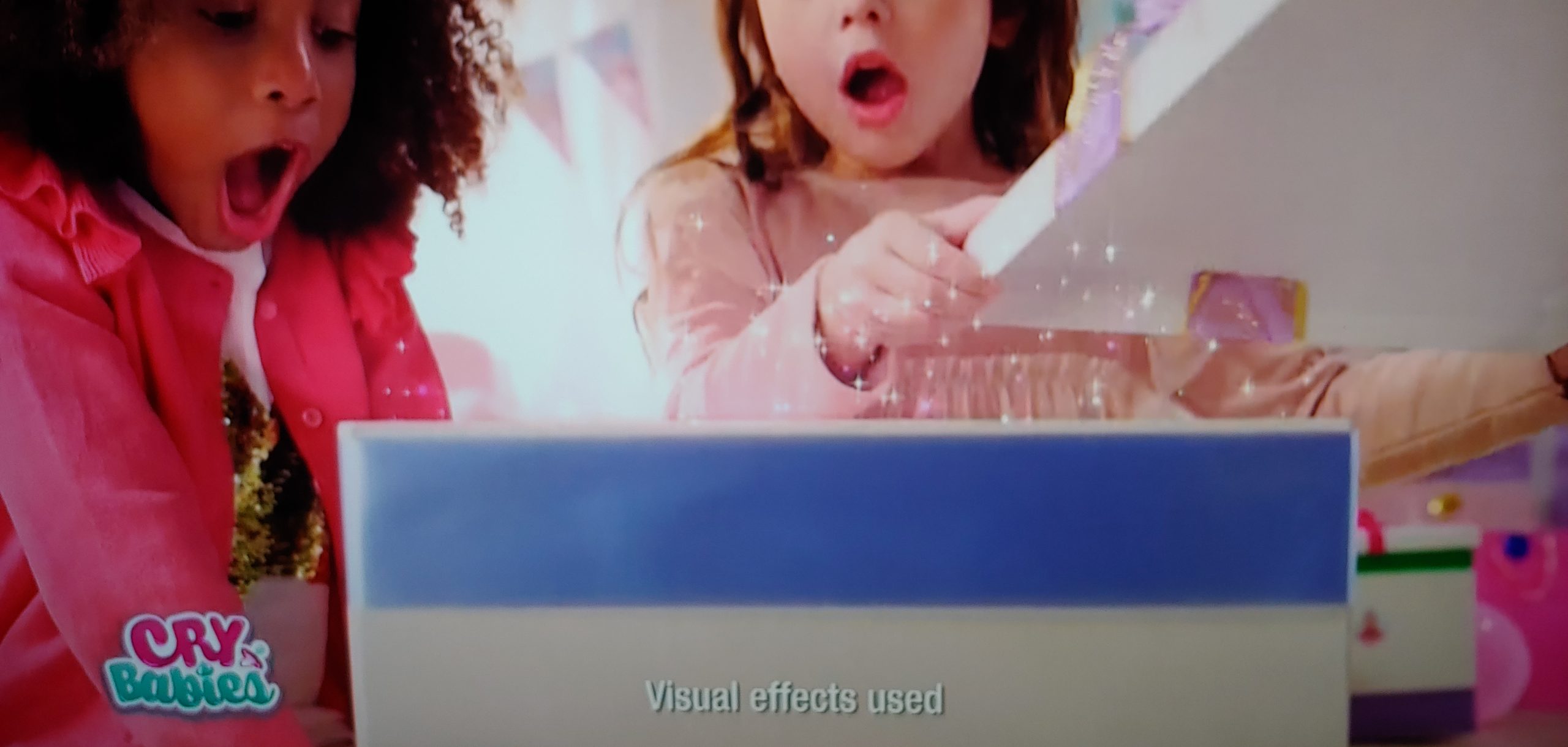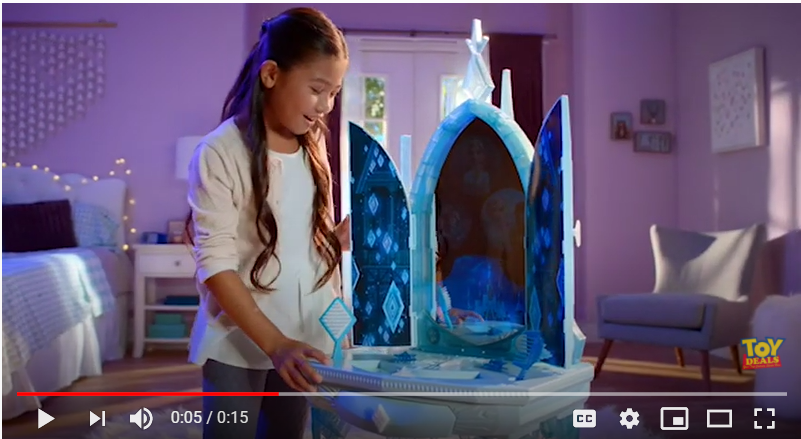Seeing Through Toy Commercials: What Kids, Parents and Teachers Should Know
by Frank W Baker, media literacy educator (November 2020)
As a media educator, I’ve been interested in helping teachers/parents use toy commercials to teach young people to be better critical viewers.
I’m not sure how many teachers would think to use these highly persuasive messages with their students, but my goal has been to use them to call attention to both “persuasion techniques” as well as “production techniques.”
Persuasion techniques: Most of us are familiar with the common “propaganda techniques” as they are also referred to. So for example, if an ad says “every kid would want this”—that is one of the propaganda techniques.
Production techniques: I wish more educators/parents understood the language of moving images. For example, where and how a photographer positions a camera implies meaning. Sound and music can be used to generate some emotion—like “feel good.” The expressions on an actor’s face also communicate something to an audience. In addition, so much can be done in “pre and post-production”—with “green screen” or slow-motion.
For many years, 30 second toy ads have been the staple of Saturday morning TV on the big three TV networks. But no longer. In 2020, toy spots can be found daily on cable networks aimed at kids (Nickelodeon, Cartoon, Disney, et al) and especially on social media sites.
In a recent webinar I participated in, the experts made the point that many toys today are tied directly to entertainment. Think of Star Wars, the Marvel Universe, any Disney movie, Nickelodeon series or even PBS Kids.
In this blogpost I wrote several years ago for Middleweb, I referred to a commercial for “Disney’s Magical Talking Vanity”. When I researched how tall the vanity was, I created a poster which represented how short it really is. I would playback the commercial for the vanity, asking workshop participants to guess how tall the vanity is. Then, I would unfurl the poster to reveal how “deceptive” the commercial is.
The latest version of the vanity is: “Disney Frozen 2 Elsa’s Enchanted Ice Vanity”. I found this image of it at Amazon.com

So even though you may not have access to the commercial for this toy, an educator could use the still image as a starting and jumping off point to help students understand how toy ads work.
Questioning
Media literacy involves asking questions. Helping students learn to ask questions about the media they come in contact with is a great way to help them.
One media literacy question in particular seems important here: what technique might the media maker use to make the message (product) attractive?
The technique I am referring to here are “video production” techniques. When students have experience using a still or video camera, they begin to formulate ideas on what makes a good picture or video. Since many students already have experience watching videos (and ads) on YouTube, they can quickly learn which techniques grab and keep their attention.
Visual literacy skills are important and relevant here. Do your students know how to “read” images and question them?
Questioning This Ad
A good first question for students might be: what do you see/notice? As a media educator (who has lots of experience studying these types of ads) I noticed immediately that the little girl is kneeling next to the vanity. (this is the only camera angle and position in which the child’s face could be seen reflected in the mirror). This is commonly referred to as “point-of-view.”
This gives the impression that the vanity is tall—taller than the girl. But it’s not. Again, using the Amazon.com website, I learned that the vanity is actually only 20 inches tall. Surprised?
The Vanity Commercial
I located the ad on Youtube here: https://youtu.be/Vi7_YJu2xn0
This particular spot is short—only 15 seconds—shorter than the typical 30 second commercial.
Again, an educator/parent could ask students “what do you see?”
Because it goes by so fast, I recommend playing it more than once.
I noticed immediately that now the child stands next to the vanity. But now the vanity appears to be tall—again giving the audience an inaccurate impression of the toy. What we can’t see is that both the toy and the child are standing on a platform.
Another good question to ask young people is: what does the commercial show that you would NOT get if you actually owned this toy? [Playing the ad again would be recommended here.]
Did your students notice the musical notes that appear to emanate from the vanity? Those were added in post-production.
As the commercial ends, the announcer says the dress and vanity are sold separately. Unsuspecting children might think they are getting a dress ALONG with the toy. Not so.
SMALL PRINT
Frequently ads use small print to put important information—details that might easily be overlooked. In very small font, at the bottom of the screen, near the end of this ad are very important words that students might not see, read or consider on first viewing.
Here is what they say:
Adult Assembly Required: Batteries Not Included. Each sold separately.
Notice the small print (click to enlarge) in these two recent toy ads, seen on the Nickelodeon channel.


AUDIENCE
In my workshops, I like to get students to think as if THEY were the advertiser. My question then would be: who (gender, age) is most likely to want to have this toy? The website says this vanity is appropriate for children aged 3 and above. (Does the little girl in the photo and the commercial look like a three year old?) Frequently, toy ads show children who are older than the toy is appropriate for. Once they’ve identified who the “target audience” is, they could next be asked to brainstorm the names of TV shows they are aware of that they might advertise on. So for example, if the little girl in the vanity ad is 8 years old, what TV shows might 8 year old girls watch?
Taking it one step further, we might ask parents: what websites might 8 year old girls frequent. Once students identify the TV shows and websites, they know how advertisers match products with the audiences they want to reach.
WANT TO KNOW MORE?
Have you ever heard of C.A.R.U.? The Children’s Advertising Reviewing Unit is comprised of advertisers who police their industry. They can cite toy manufacturers if they believe their ads are deceptive.
WRITING & MEDIA
Most students don’t know that commercials first started as a script. Someone wrote the ad BEFORE they filmed it. You can introduce students to SCRIPTWRITING by going to my website where you can download a blank script template.
Ask your students if they’ve ever received a toy that failed to live up to their expectations? I ask this question all of the time and I always get lots of responses. They are anxious to share their stories (which could be written.)
But I always ask: who would you write to, in order to complain about a toy that broke or failed to deliver on what a commercial said or implied?
Most times, students neglect to mention the TV station or cable network where the ad was first seen. So does WXYX or the Nickelodeon Channel have any responsibility to air ads that are truthful?
EXPLORE MORE
BBB Warns Consumers About Social Media Toy Purchases
Buy Me That Frank Baker’s media literacy website
Toy Ad Analysis Worksheet to be downloaded and used with students as they watch and analyze toy ads
Share This Page:


